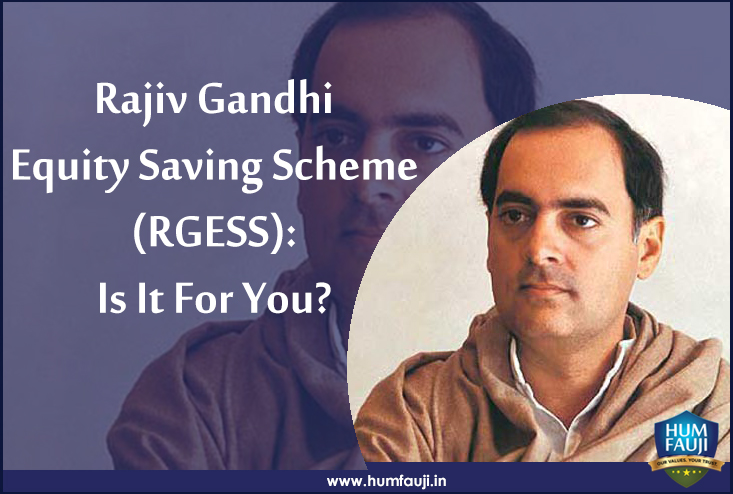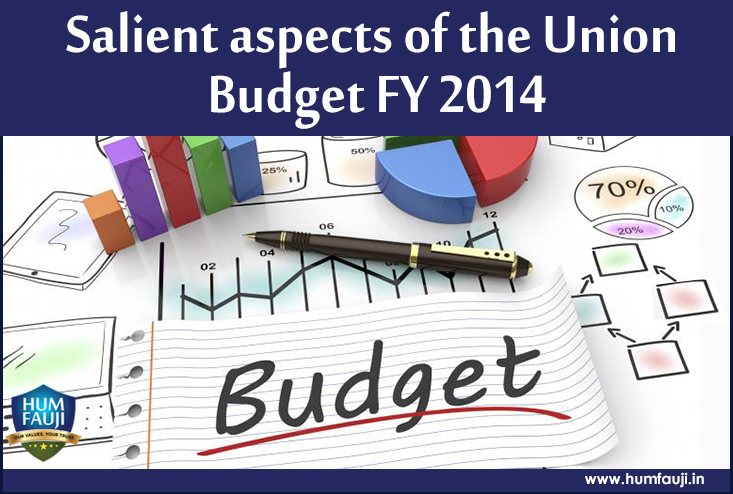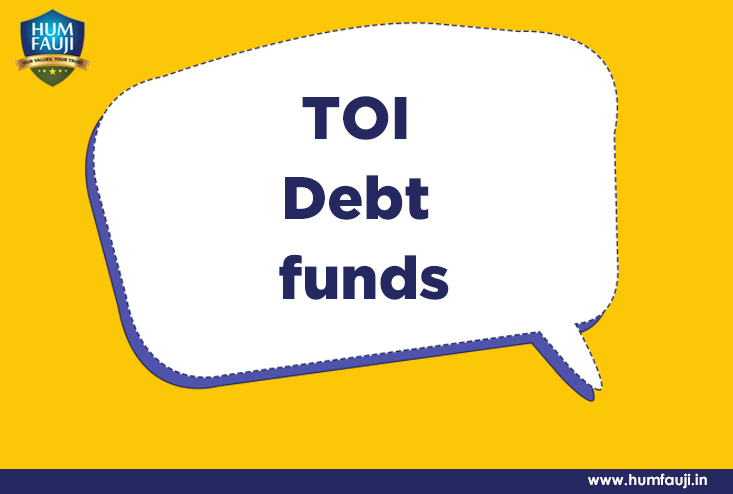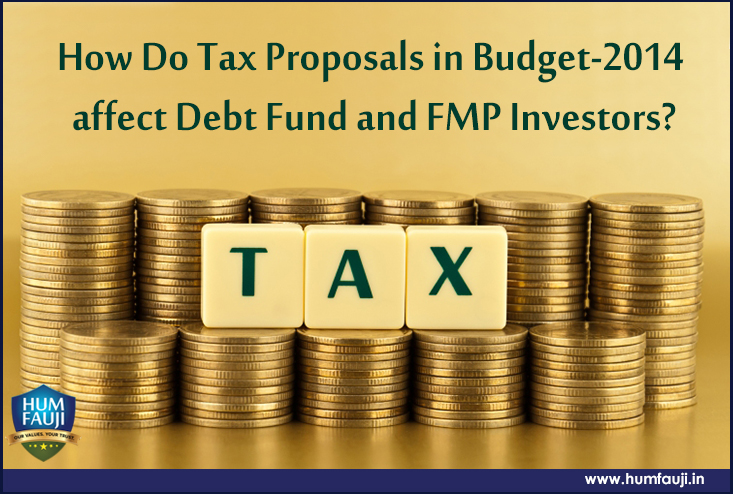Dear Friends,
We had given a mail to you all yesterday highlighting salient aspects of Budget FY 2013-14 of concern to you. We received a lot of queries on the same, most of them pertaining to RGESS. People primarily want to know if RGESS can help them save additional tax. We demystify the same below.
1. Why RGESS?
Ans: Indians are very good money savers but their maximum money is locked-up in low yielding debt products like Provident Funds (EPF, PPF, DSOPF), bank FDs / RDs, Post Office schemes, NSC / KVP / SCSS etc. The Govt had announced a scheme called ‘Rajiv Gandhi Equity Saving Scheme 2012’ (RGESS) last year with an objective of encouraging new retail investors to route their savings into the domestic capital market. Since tax-saving is a big driver for Indians, the Govt has tagged a small tax-saving incentive also to it.
2. Who is a new retail investor and what is the eligibility criterion?
Ans: Any resident individual can be termed as new retail investor if he satisfies all of the following conditions:-
Gross total income of the individual in the financial year in which the investment is done should be less than or equal to Rs 10 lakhs. After the budget presented on 28 Feb 2013, this limit gets increased to Rs 12 Lakhs from next Financial Year (FY 2013-14).
He should either not have opened a demat account so far or if he has a demat account as a first holder, he should never have transacted through it in equity/shares till 23 Nov 2012. If he is not the first account holder in any existing joint demat account, he meets this condition.
Any individual who has a demat account and has invested in gold ETFs still qualifies for the scheme provided he has never transacted in equity. NRIs and HUF are not eligible for availing the benefits of this scheme.
3. What are the implications of eligibility conditions?
Ans: This scheme has been introduced to get small investors to invest in domestic capital market so as to wean them away from the habit of looking for only safe (read, ‘low’) returns. This widens the retail investor base in the Indian capital market and helps in injecting large portion of savings of the small investor into it which ultimately strengthens the economy. The scheme has a holding period which keeps the money intact for a longer period and thus provides financial stability to the economy.
4. What is the meaning of Holding Period in RGESS?
Ans: Once the investments are made in securities / mutual fund schemes specified in RGESS, they are locked in for a period of three years, which is further bifurcated into one year of ‘fixed lock-in’ and two years of ‘flexible lock-in’. Fixed lock-in means, the securities once purchased in the scheme cannot be sold or pledged during a period of one year from the date of last purchase. The period of two years beginning immediately after the end of the fixed lock-in period shall be called the flexible lock-in period. In a flexible lock-in period, an individual can sell the securities, provided he maintains the invested value of RGESS investment for a total period of at least 270 days for each of the two years of this flexible lock-in period.
5. What are the tax benefits available in the scheme?
Ans: An individual can invest up to Rs 50,000 for availing tax benefits under this scheme under Income Tax Section 80CCG. 50% of the invested amount is eligible for tax deduction. One can invest any amount in the scheme, but deduction can be claimed only on investment up to Rs 50,000. For example, in the current FY (FY 2012-13), if somebody who meets the eligibility conditions (ie, gross income less than Rs 10 Lakhs and demat account conditions) invests Rs 50,000 in the scheme, he would get tax rebate on Rs 25,000. If he is in 20% tax bracket, he would save Rs 5000 of tax, and if in 10% bracket, the tax saving would be Rs 2500. This deduction is in addition to deduction of Rs 1 lakh under IT Section 80C. If however the securities / units under the scheme are sold or pledged before the lock-in period, then the deduction claimed by the assessee will be added to the income in the year in which the amount is withdrawn before the date of such lock-in period. From FY 2013-14 onwards, the income eligibility limit has been increased to Rs 12 Lakhs, making the tax saving Rs 7500 for the eligible person in 30% tax bracket.
6.What securities are eligible for Investment under the scheme?
Ans: To avail the benefit of RGESS, the retail investor has to invest only in the securities / schemes specified by the Government of India, which are:-
Exchange Traded Funds & Mutual Funds with RGESS eligible securities.
Equity share listed in CNX 100 & BSE 100.
Equity share of Public Sector Enterprises which are categorized as Maharatna, Navratna and Miniratna by the Government of India.
Initial Public Offerings (IPOs) of eligible public sector undertakings (PSEs).
Follow on public offers of CNX 100, BSE 100 & PSEs categorized as Maharatna, Navratna and Miniratna.
7. What amendments have been made in the budget for Financial Year 2013 – 14?
Ans: The limit of gross total income has been increased to Rs 12 Lakhs from 10 Lakhs. Earlier the deduction could be claimed only in the FY 2012-13 and not later. Now the total deduction can be claimed over three consecutive years. Thus, one can split the total eligibility of Rs 50,000 over three years.
8.So, what’s our take on the scheme?
Ans: The intention of the government seems to be in the right direction as we are talking about a country where even today, more than 50% of the financial savings of the household sector flow into bank deposits while another 20% goes into life insurance funds. The rest of the surplus is primarily allocated into provident and pension funds, government securities and other small savings schemes. The frightening figures are there for all to see in RBI’s Annual Report. However, for new investors to suddenly start trading into equity through this scheme is like throwing a baby into a flowing river to learn swimming. If you find the tax incentive lucrative enough, mutual funds should be the way to go. Go for fund houses which have a good track record of managing equity funds. However, if you have never done it before, be ready for the ups and downs associated with capital markets which, of course, even out when you are patient and invest for the long run. Stay away if you can’t stomach it!
With regards,
Col (retd) Sanjeev Govila, CERTIFIED FINANCIAL PLANNERCM
CEO, Hum Fauji Initiatives,
Your Long-term Partner for Wealth Creation
E-511, 2nd Floor, Ramphal Chowk, Palam Extn, Sector 7, Dwarka, New Delhi-110077 | Tele: 9999 022 033, 011 – 4054 5977, 011 – 4214 7236 | humfauji.in
Visit our Blog, https://humfauji.in/blog or facebook page http://www.facebook.com/HumFaujiInitiatives or follow us on Twitter https://twitter.com/#!/humfauji to get latest insight on matters financial














Leave a Reply